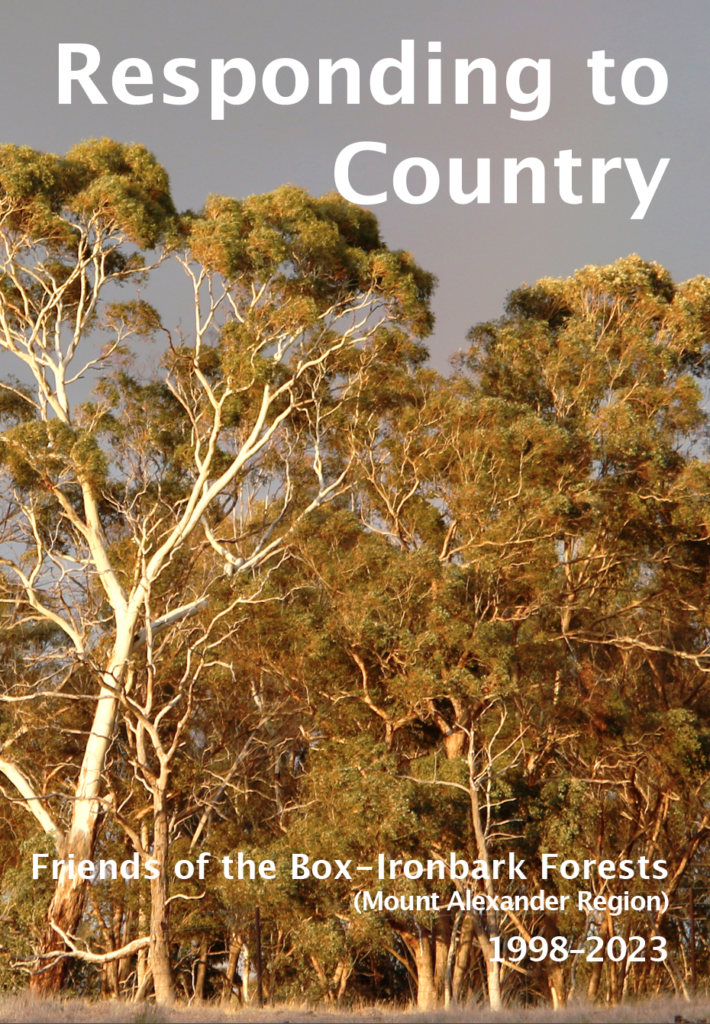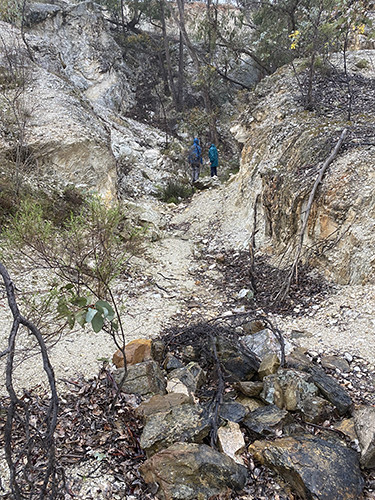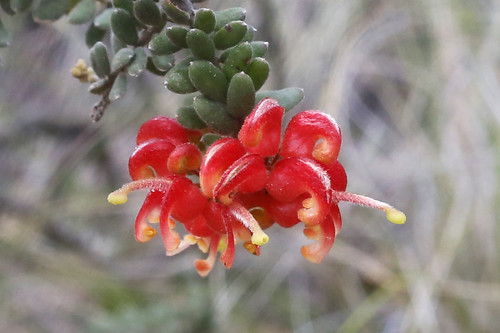Readers will remember our original report on the destructive ‘reduction burn’ in the Tarilta gorge, with a picture of a choked creek at the Limestone Track crossing. This section of the creek has now been cleared of debris, presumably by DSE, and the works give some idea of soil loss resulting from the burn operation.
The picture below shows the cleaned up crossing:
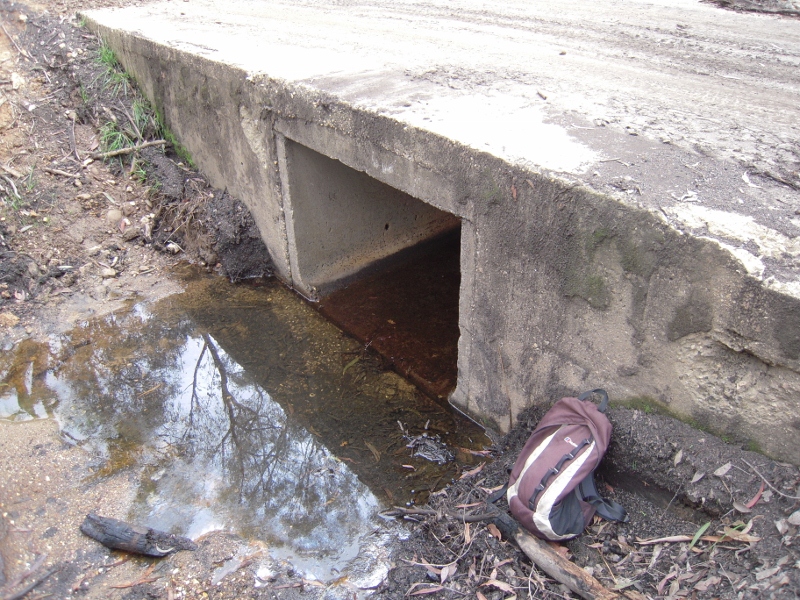
Tarilta Creek at the Limestone Track crossing, May 22 2012, previously choked with washed out soil and ash.
And here’s the same crossing two months ago:
Near the crossing, the soil and ash which has been removed from this small section of creek has been piled into a heap we estimate to be about a metre high, five metres wide and twenty five metres long. This is all stuff which has been washed off the steep slopes of the gorge, and it’s a pile which could be duplicated many times along the creek valley. The damage this soil loss represents to this section of bushland is hard to estimate, but maybe ‘catastrophe’ isn’t a bad word to use.
The works to clear the creek crossing are of course sensible, given that the debris blocking the bridge was a potential flood menace. The clearing of the creek also removes embarrassingly obvious evidence of the damage caused by by the fire. The evidence is still there if you look for it, however.

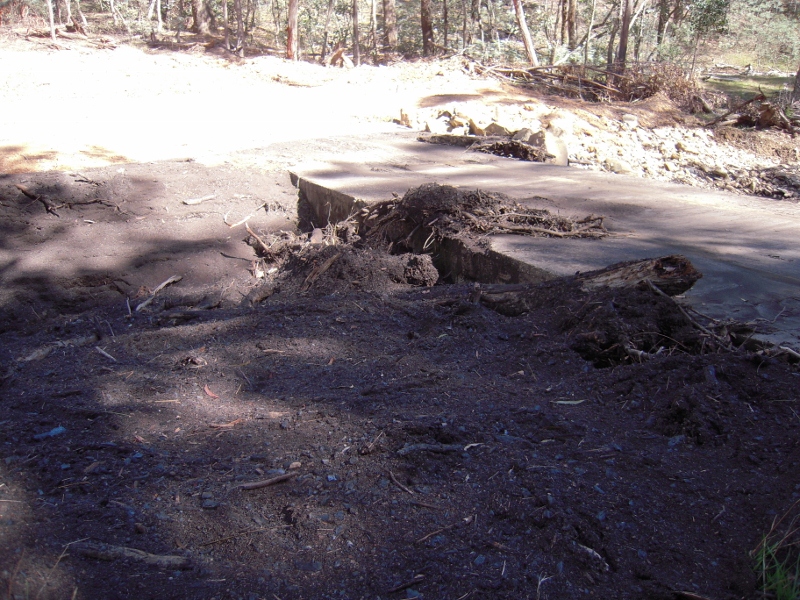
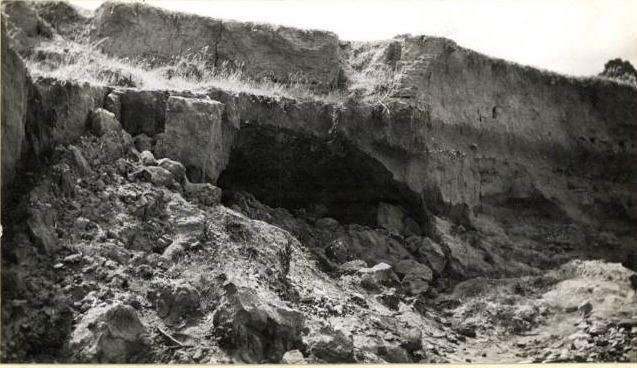
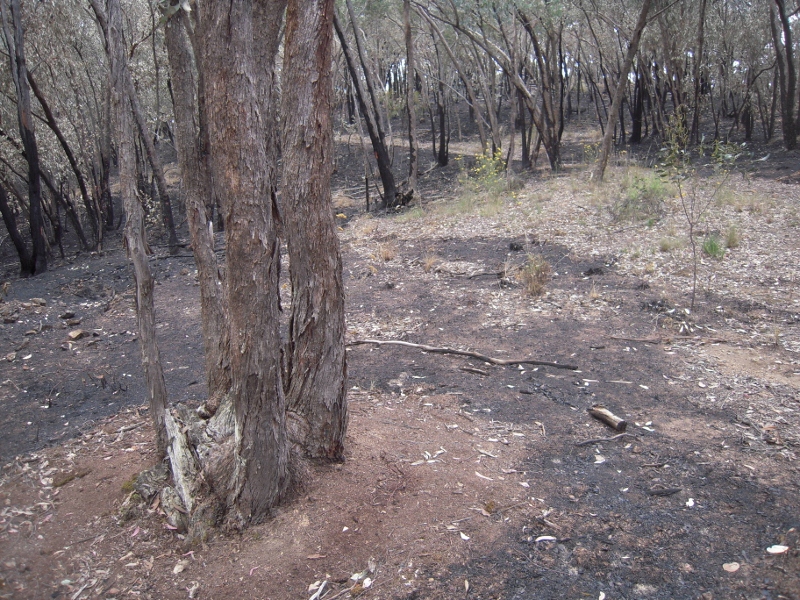
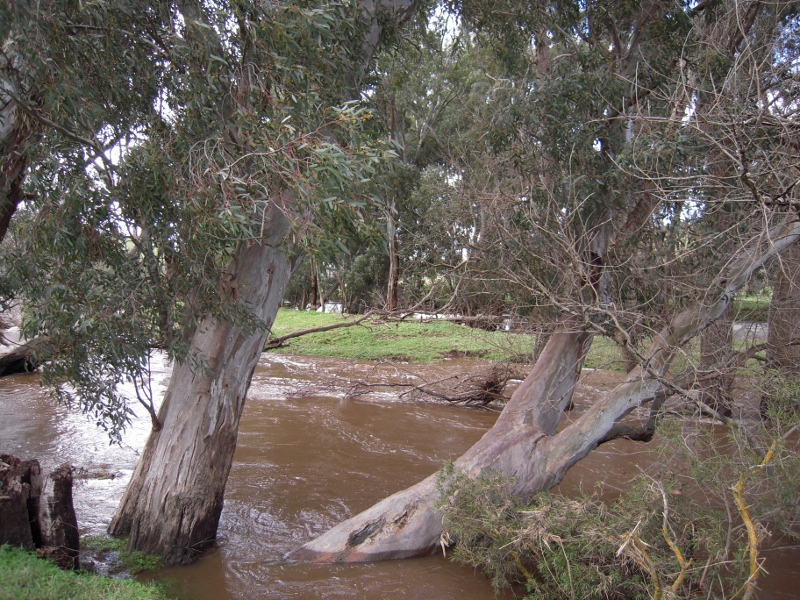
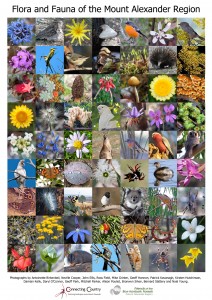
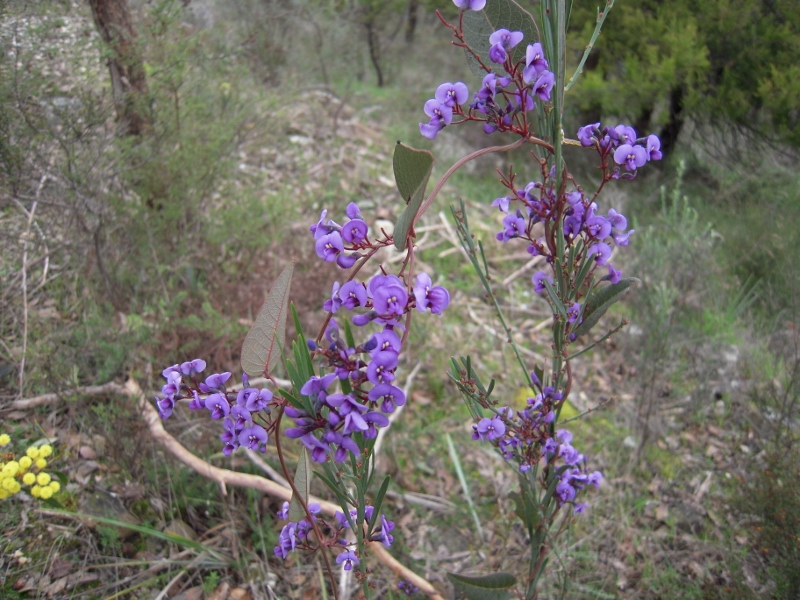


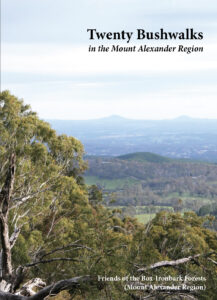
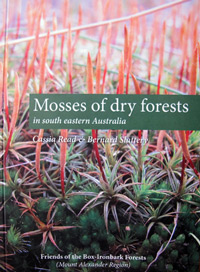 Click on image for info/order page
Click on image for info/order page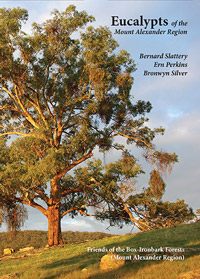 Click on image for info/order page
Click on image for info/order page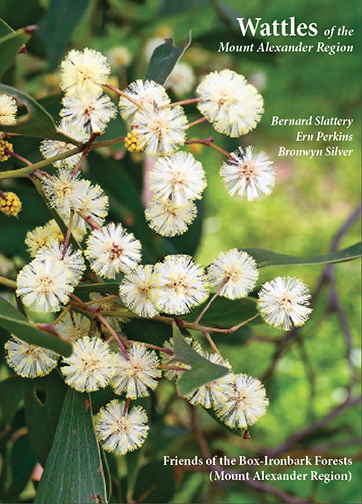 Click on image for info/order page
Click on image for info/order page
